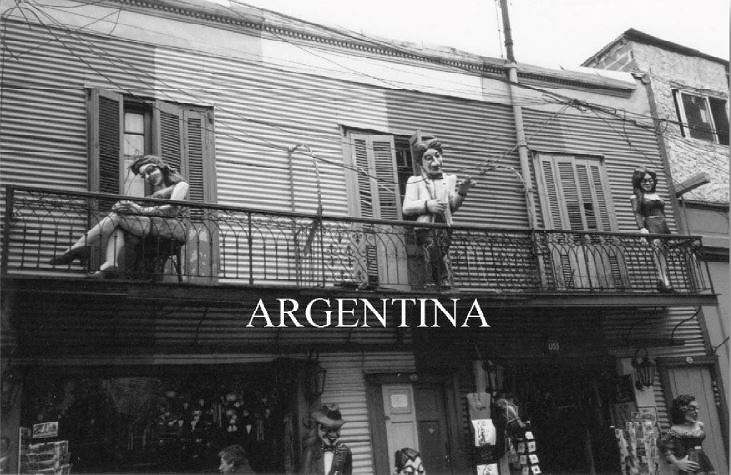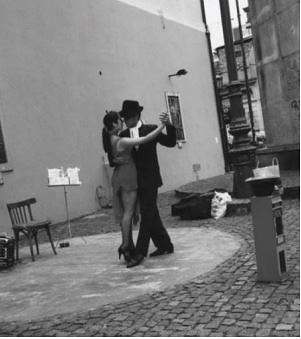
November 2003
Although we were 45 years apart, the fact that we were alumnae of the same high school, as well as the proximity of my house to Harvard University, brought İpek Mutlu and me together. İpek, in the class of 2005 at Harvard, became a surrogate daughter, looking to me when she needed help. So when she decided to go to Buenos Aires for her junior year abroad, Argentina seemed like a logical place for me to visit, especially since I had never been to South America before.
Traveling on frequent flyer mileage necessitated an overnight stay in Panama City. This was a welcome stopover, which broke up the eleven-hour flight, but it also allowed me to discover the indigenous art form of mola. Beautifully framed, appliquéd cloth pictures with vibrant colors adorned the walls of my hotel. Curious to see more such works, I went on a search. Fortunately, I found a shop where I could buy a few pieces.
Shortly after my arrival in Buenos Aires, İpek and I flew to Iguazú Falls, one of the must-see natural spectacles of Argentina near its northern borders with Brazil and Paraguay. Situated near the jungle within the Iguazú National Park, the Falls are the second largest in the world after the Zambezi in Africa. We enjoyed the Iguazú Falls both by walking around them and by riding into them by boat. Becoming soaked was part of the experience. Excursions in the jungle introduced us to the natives’ way of Tango on the sidewalk life. We learned about different techniques for trapping animals, and saw native dwellings and fields cleared for planting. Climbing a sixteen-meter rope ladder and then gliding down a cable Alpine style, along with our descent of a wet rocky slope in hard hats, completed our jungle experience.
Settled by Italian and Spanish immigrants, Buenos Aires is a 24-hour city with rich nightlife and a European feel. Argentineans eat a light breakfast, but have a full meal for lunch, and eat dinner around 10 pm. Curtain time at theaters is 9 pm. One can tango until 2 in the morning and find a restaurant open for dinner afterwards. Since I had a hard time adjusting to this schedule so quickly, I left a staged tango show during an intermission beginning at 10 pm, much to the disappointment of my young host. The dress code in Buenos Aires is chic and elegant. People care about the way they look and dress — a concern especially noticeable in the upscale neighborhoods of the city.

Tango on the sidewalk
İpek prepared a packed itinerary that included all the major points of interest in Buenos Aires, a city of 12 million people. Boca, the old part of town, is home to working class people.* Houses have brightly colored facades of corrugated aluminum. Street performers tango on the sidewalks to entertain passers-by. Outdoor charcoal braziers fill the air with the smells of asada, a variety of meats grilled to order.
* See postcard image at beginning of article.
San Telmo is a Bohemian neighborhood, home to artists and artisans. Their costumes are just as arresting as the goods they sell at the flea market on weekends. On days İpek had to go to class, I wandered the streets by myself. A common sight was that of professional dog walkers, each of whom had 6 to 10 dogs leashed to his or her belt. Trees and flowers were in bloom in the parks. I walked through the Recoleta Cemetery, where Eva Perón is buried. I also went to art and ethnographic museums specializing in Latin American, contemporary, and indigenous work.
Staying at the home of Cristina de Bary, İpek’s Argentinean host, contributed to my understanding of life in Buenos Aires. A highlight of my trip was seeing a private collection of tribal art, which included jewelry, textiles, masks, and costumes, at the home of Cristina’s uncle. My appetite whetted, I returned home knowing I would be back to explore more of South America.
